14 Free Online Services transparent PNG images
Explore our comprehensive collection of Online Services imagery, featuring 14 free AI-generated images that capture the essence of digital connectivity and modern tech solutions. Browse through our diverse selection of stock photos, 3D objects, vectors, and illustrations depicting various aspects of online services, from cloud computing to e-commerce platforms. Each high-resolution image is available for free download, and you can customize any image using our 'open in editor' feature to adjust the prompt and regenerate variations that perfectly match your vision.

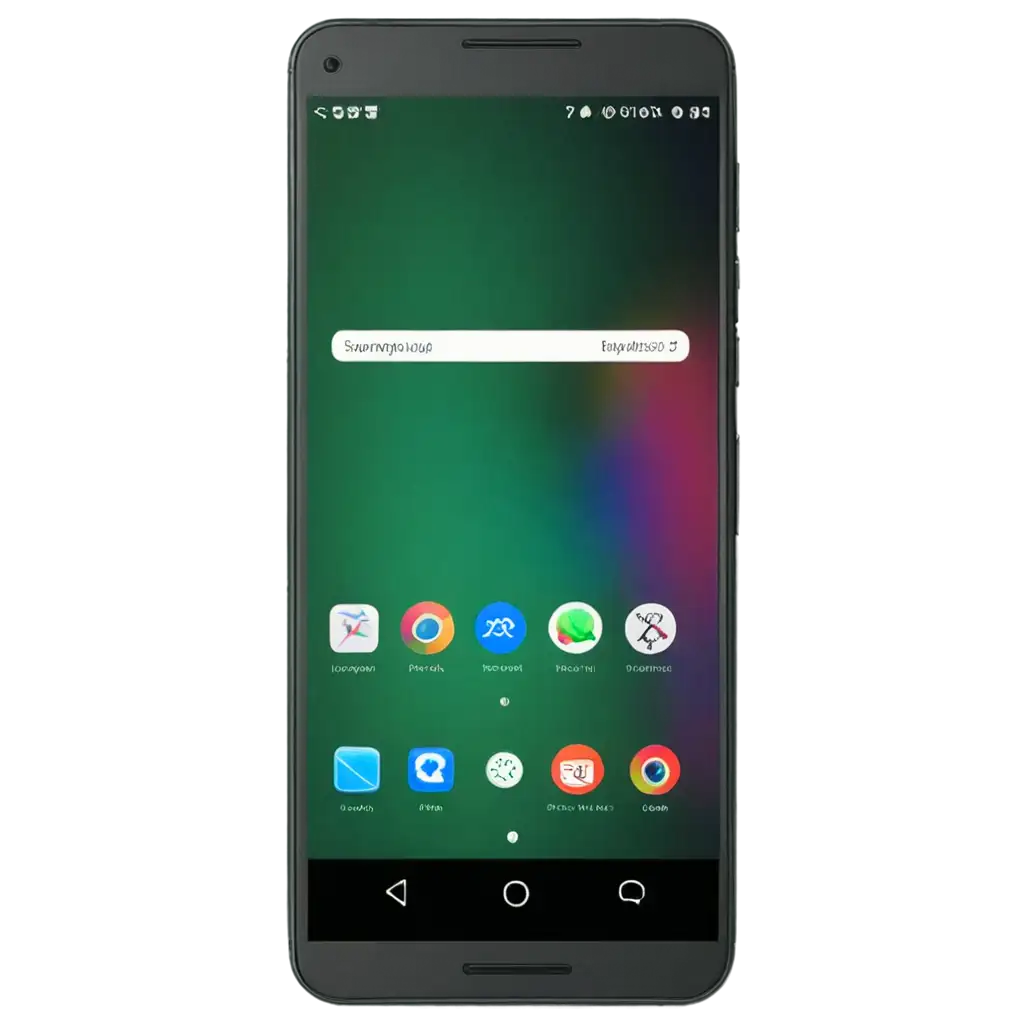


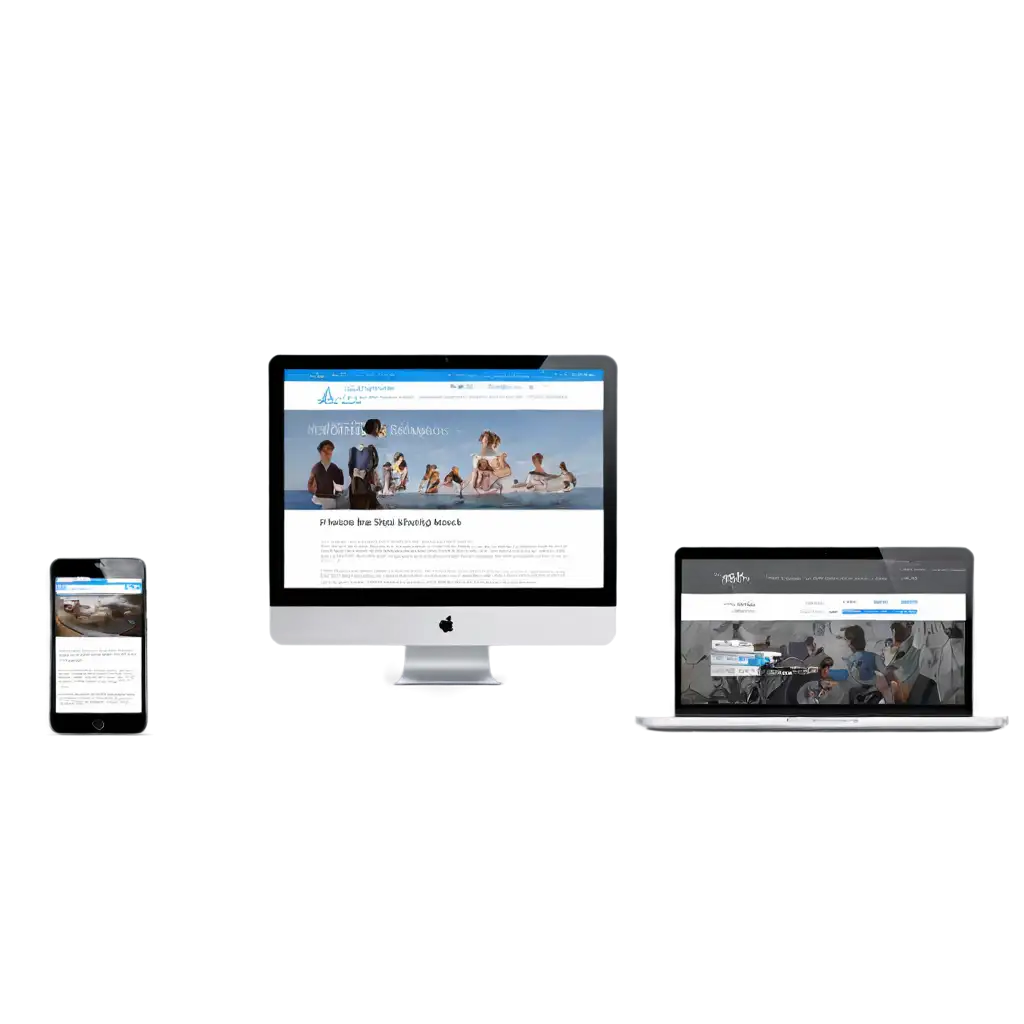
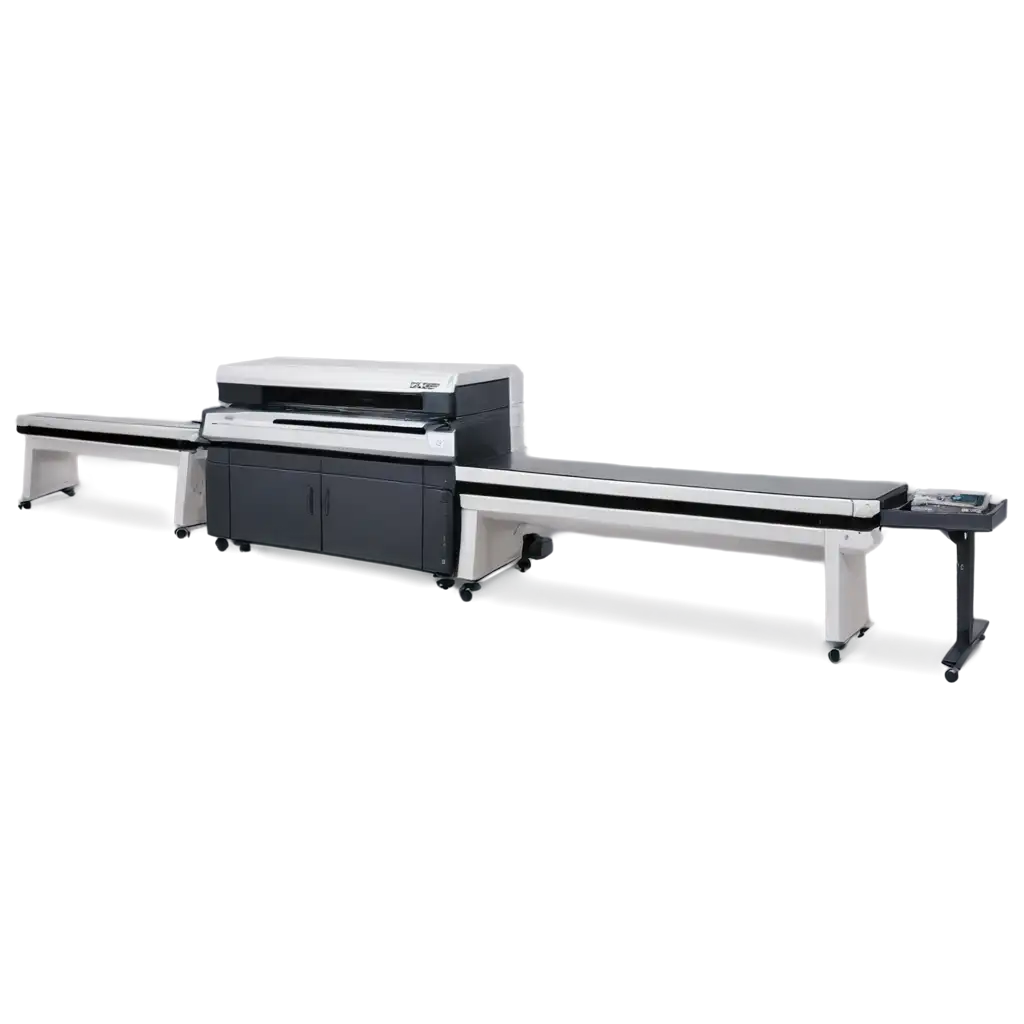



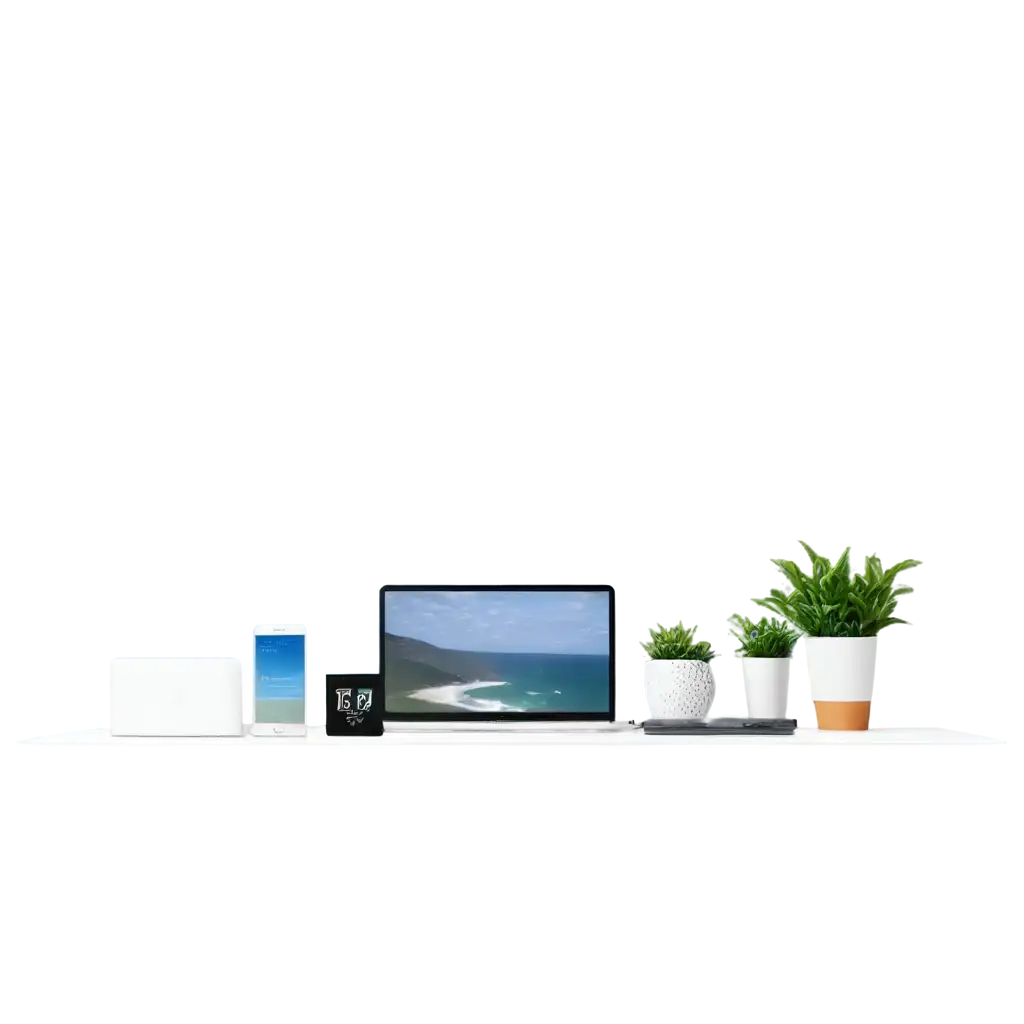



Related Tags
Online Services encompass a vast ecosystem of digital solutions that power our connected world. In the context of visual content, this category includes representations of cloud computing infrastructure, digital payment systems, e-commerce platforms, and subscription-based services. The imagery often features abstract representations of data flows, server networks, and user interfaces, as well as more concrete depictions of people engaging with digital services. These visuals play a crucial role in helping businesses communicate complex technological concepts in an accessible and engaging manner.
Understanding Online Services in Modern Digital Imagery
The visual representation of Online Services spans multiple styles and approaches, each serving different communication needs. Isometric illustrations dominate when depicting technical infrastructure and system architectures, while flat design is prevalent in user interface and workflow visualizations. Photorealistic renders are commonly used to showcase device interactions and human elements. These images find applications across various sectors, from tech startup presentations and marketing materials to educational content and corporate communications. The trend towards minimalist design with bold color schemes helps maintain clarity while conveying technical concepts effectively.
Visual Styles and Applications in Online Services Imagery
AI image generation has revolutionized the creation of Online Services imagery by enabling rapid iteration and customization. When creating these visuals, emphasis is placed on incorporating key elements such as connected devices, cloud symbols, data visualization components, and user interface elements. The most effective prompts typically combine technical accuracy with aesthetic appeal, using terms like 'clean design,' 'modern interface,' and 'digital connectivity.' Success lies in balancing technical detail with accessibility, ensuring images remain comprehensible to non-technical audiences while maintaining their professional appearance.
Creating Effective Online Services Visuals with AI
The visualization of Online Services is evolving alongside technological advances, with emerging trends focusing on representing new paradigms like edge computing, blockchain networks, and artificial intelligence systems. We're seeing a shift towards more dynamic and interactive representations, with 3D elements and animated components becoming increasingly prominent. The integration of augmented reality (AR) and virtual reality (VR) concepts is also influencing visual styles, as these technologies become more central to online service delivery. Future imagery will likely emphasize the interconnected nature of digital services while incorporating elements that represent enhanced security, privacy, and personalization features.
Future Trends in Online Services Visualization